Kimmo Kansanen at NTNU recently donated some USRP N210 units they no longer had a use for. We have started to use them for various communications experiments, for example estimating the antenna patterns of our VHF/UHF antennas against the LA2VHF and LA2UHF beacons.
While operating one of the N210s we were sudddenly unable to receive the LA2VHF beacon that had previously been easily decodeable. We also saw that the noise floor had increased by 20 dB. Jens, LB6RH, decided to investigate matters further.
Inside the N210 a WBX-40 daughtercard provides the RF-frontend. The device functions as normal, except for in receive mode. The receiver section of the WBX-40 should be a good place to start looking.
To further investigate what may be wrong we started investigating the board for any obvious short circuited connections. We were unable to find any such sources. The next step was to probe around the board with a multimeter to check the voltages being generated from the different voltage regulators on the board. Since Ettus Research provides the schematic for the WBX-40 online this process was greatly simplified.
LB6RH found that the 3.3 V rail on the output of voltage regulator U308 was only at 1.2 V. Suspecting that something was wrong with U308, he removed the component and attached a laboratory power-supply to the 3.3 V output pin. After turning on the supply (with the current limit set low, to avoid frying the circuit) he noticed that there was still a short circuit. To identify which component caused the short we borrowed a FLIR thermal imaging camera to check what components got hot when we turned up the current limit on the power-supply.
Unfortunately we did not get a good picture of the thermal test, but the chip that got hottest was the Low Noise Amplifier (LNA) U313. Since our problems are related to poor reception we thought this might be a likely candidate. After removing U313 we turned the power-supply back on, and saw that there was no longer a short, hurray!
We ordered new components for U308 and U313 from Digikey, and soldered them back in place.
U308 – Analog Devices Inc. ADP3336ARMZ linear regulator
U313 – Broadcom Limited MGA-82563-TR1G MMIC broadband LNA
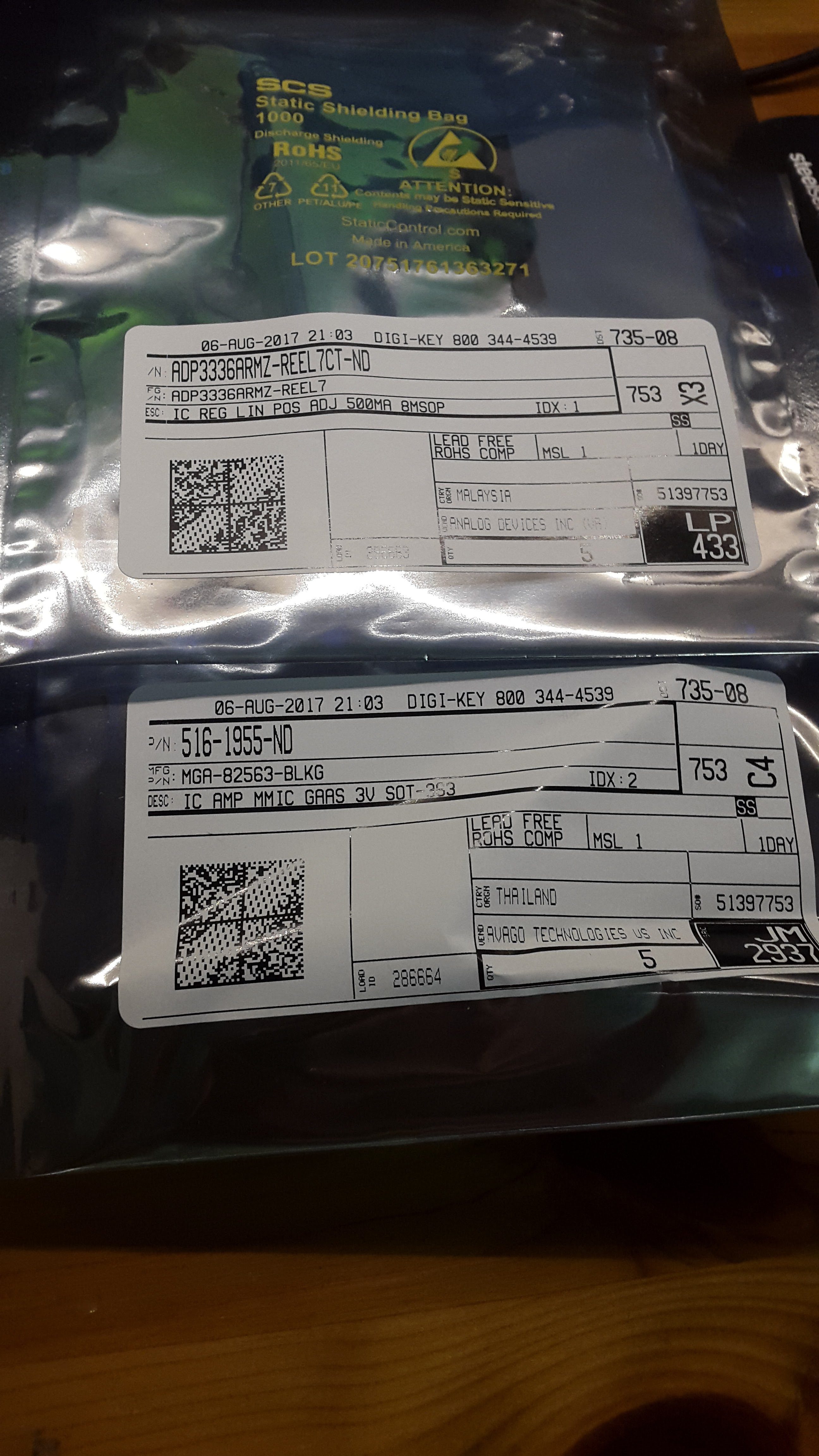
Replacements for U308 and U313 have arrived.
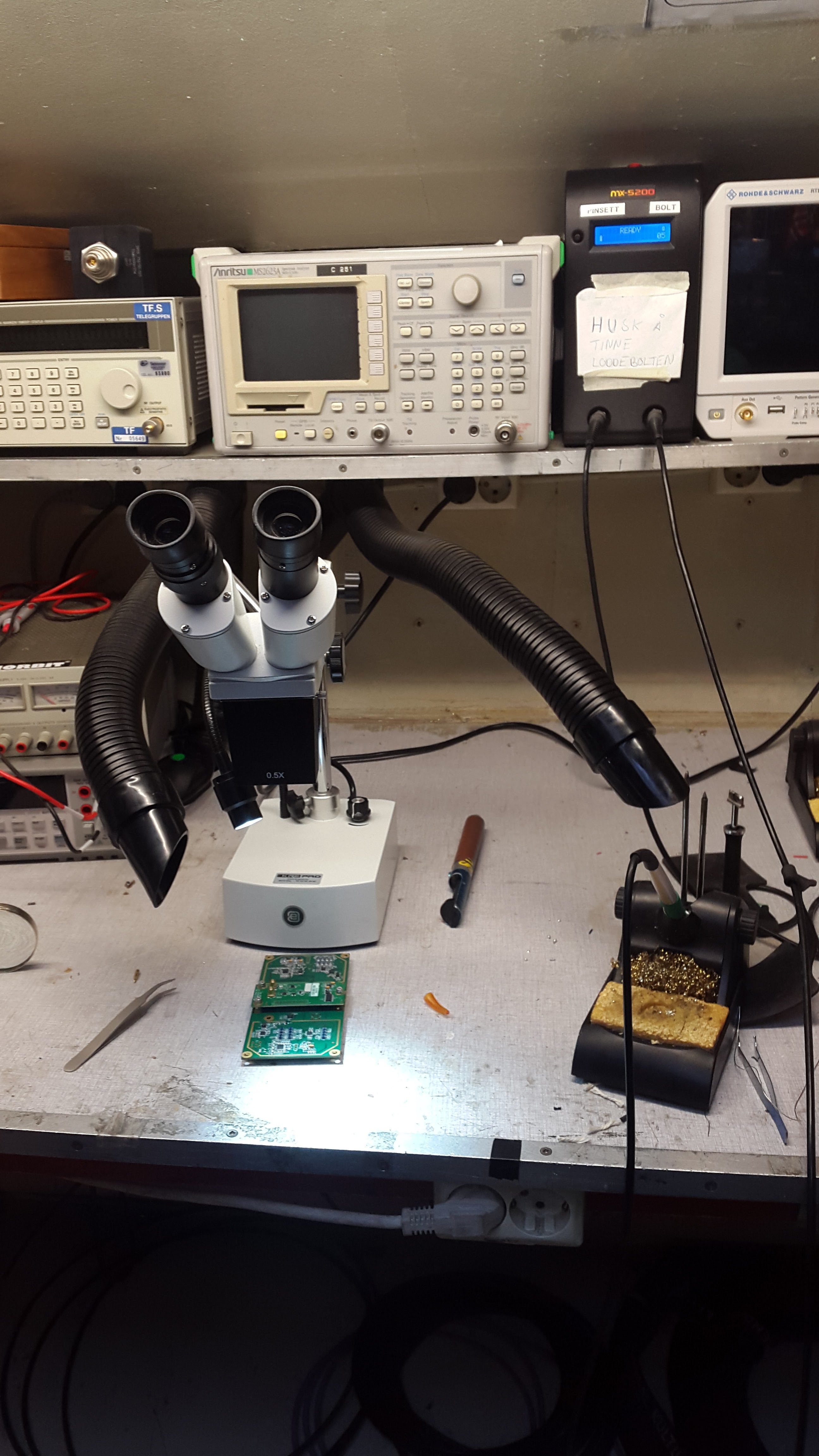
The soldering battlestation. A microscope helps when soldering small parts.
After replacing the two parts we connected everything back and tried powering on the device again.
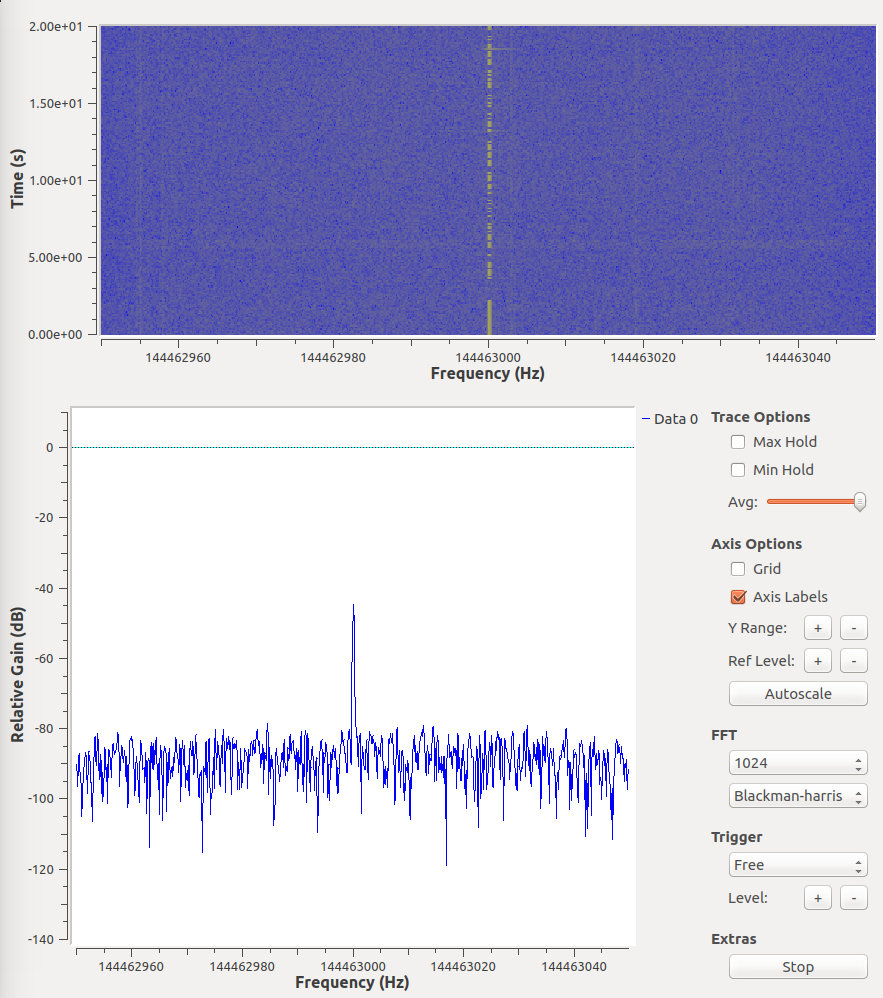
We are now able to receive LA2VHF again!
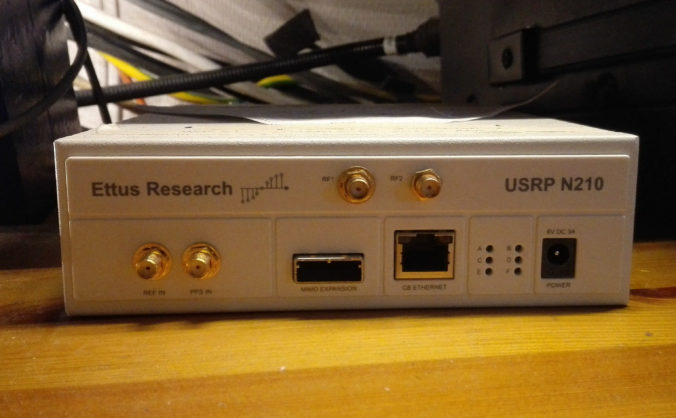
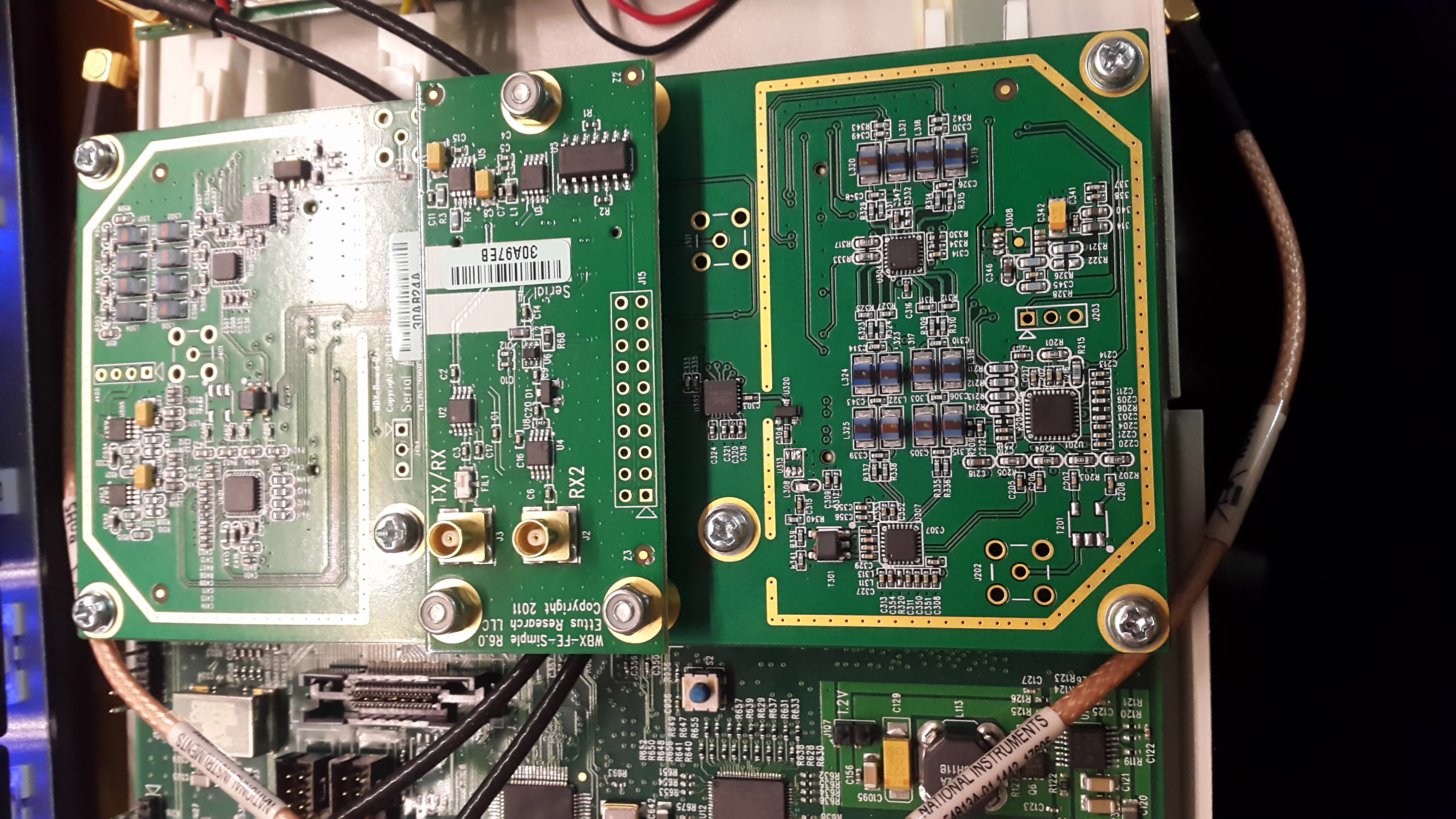


Great fun to read. Was it one of the QFN packages that was the LNA? Did you simply use a very sharp soldering iron tip for the job, or something else?
The LNA is a SOT-363 package, seen in the upper left of the figure captioned “A closeup after removing components U313 and U308”. Used an ordinary soldering tip, 3 mm cone or so.